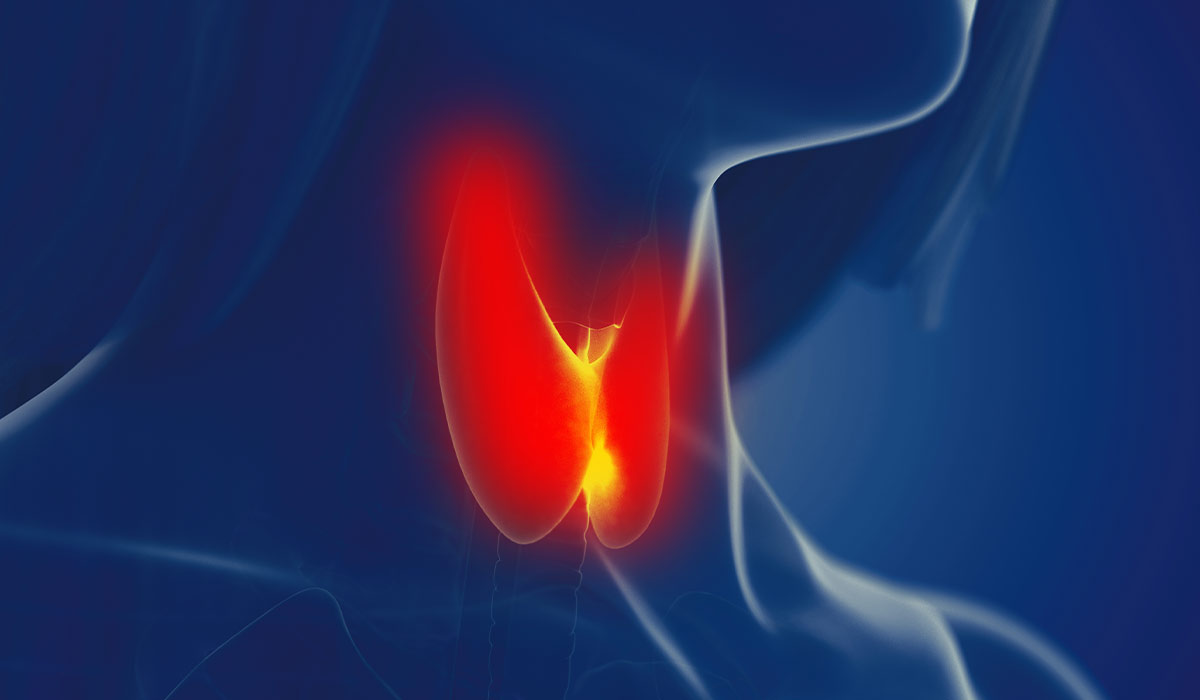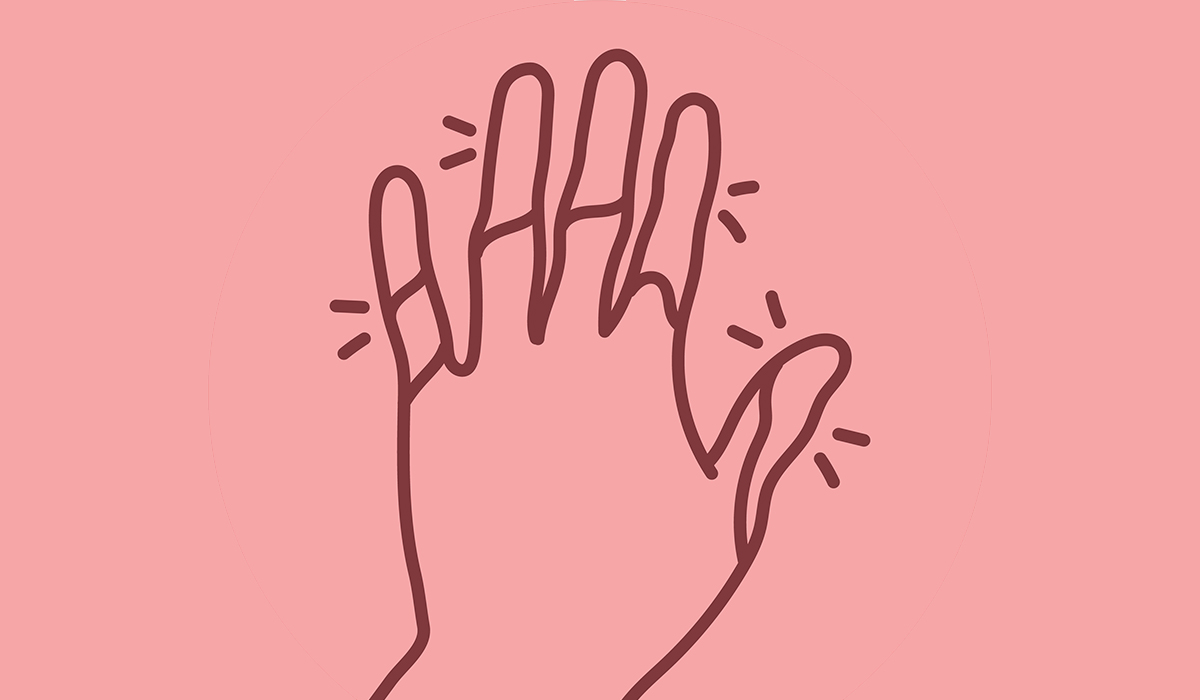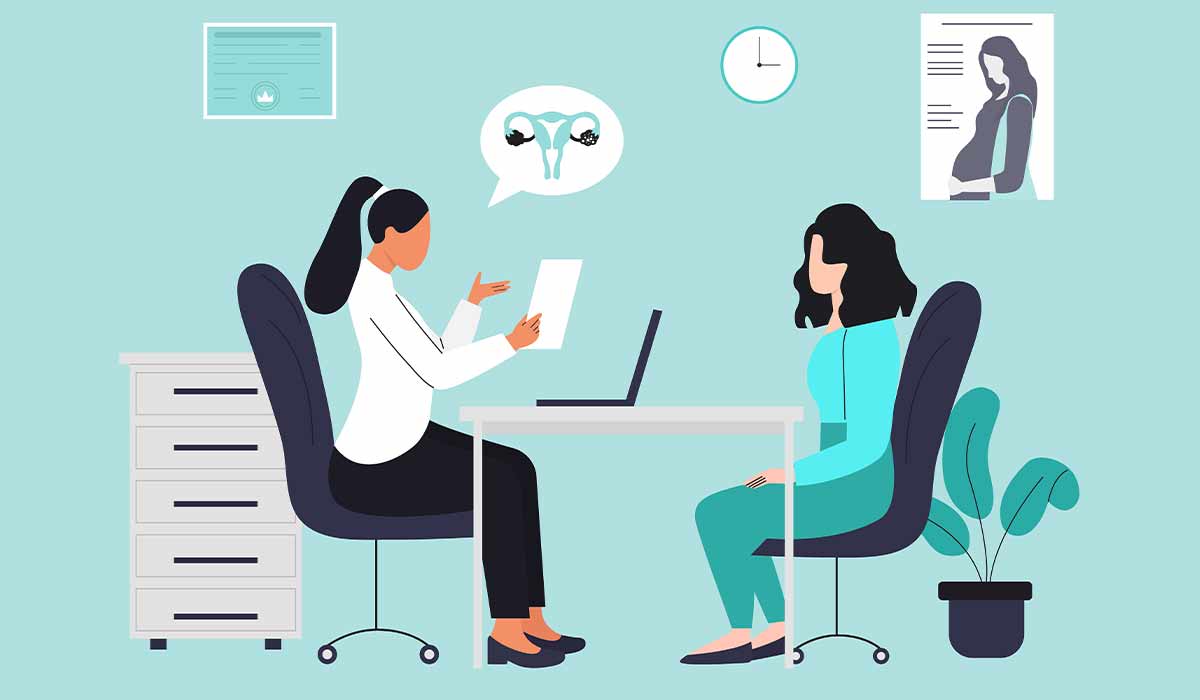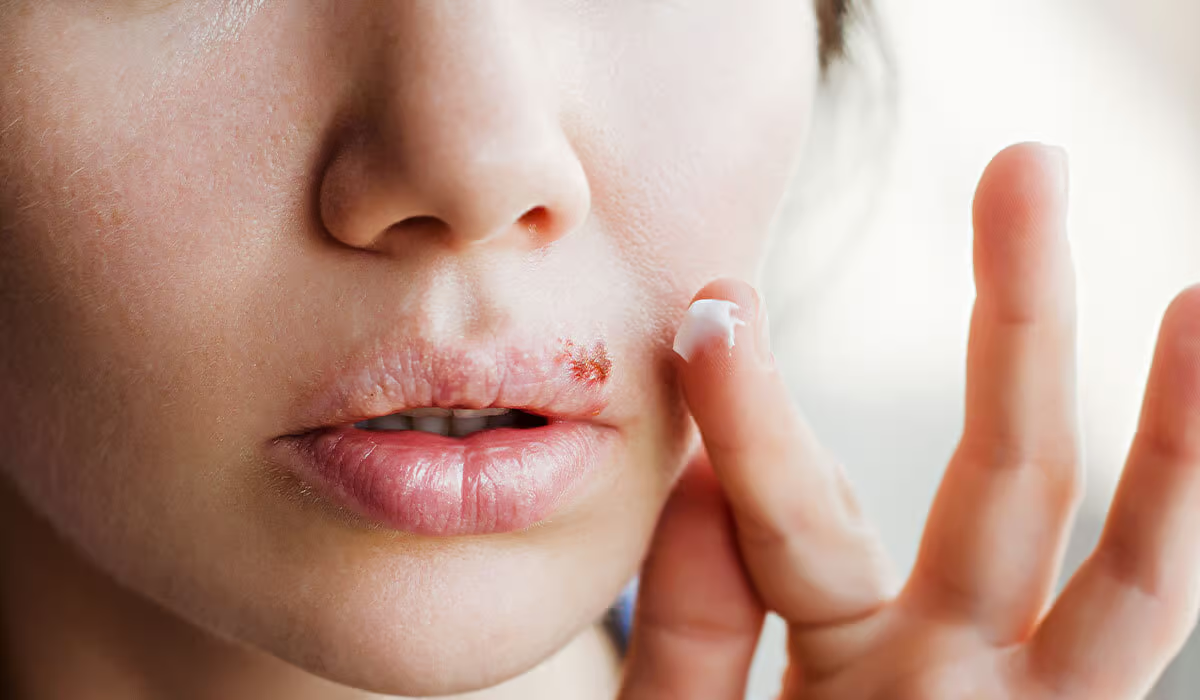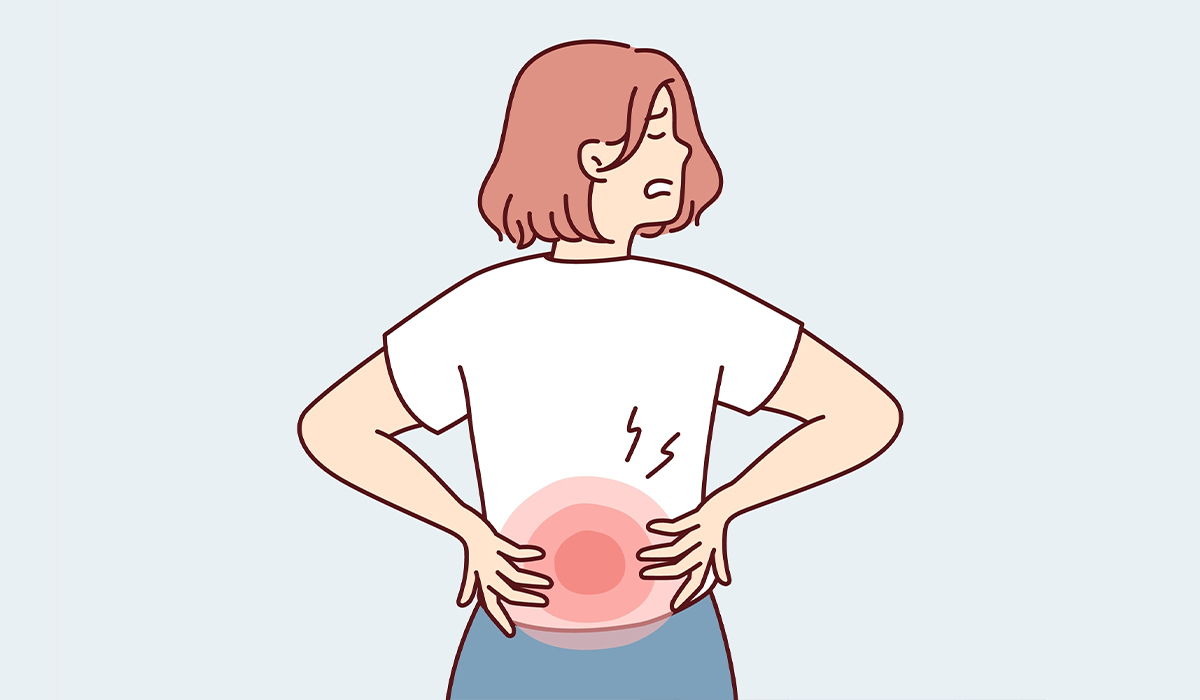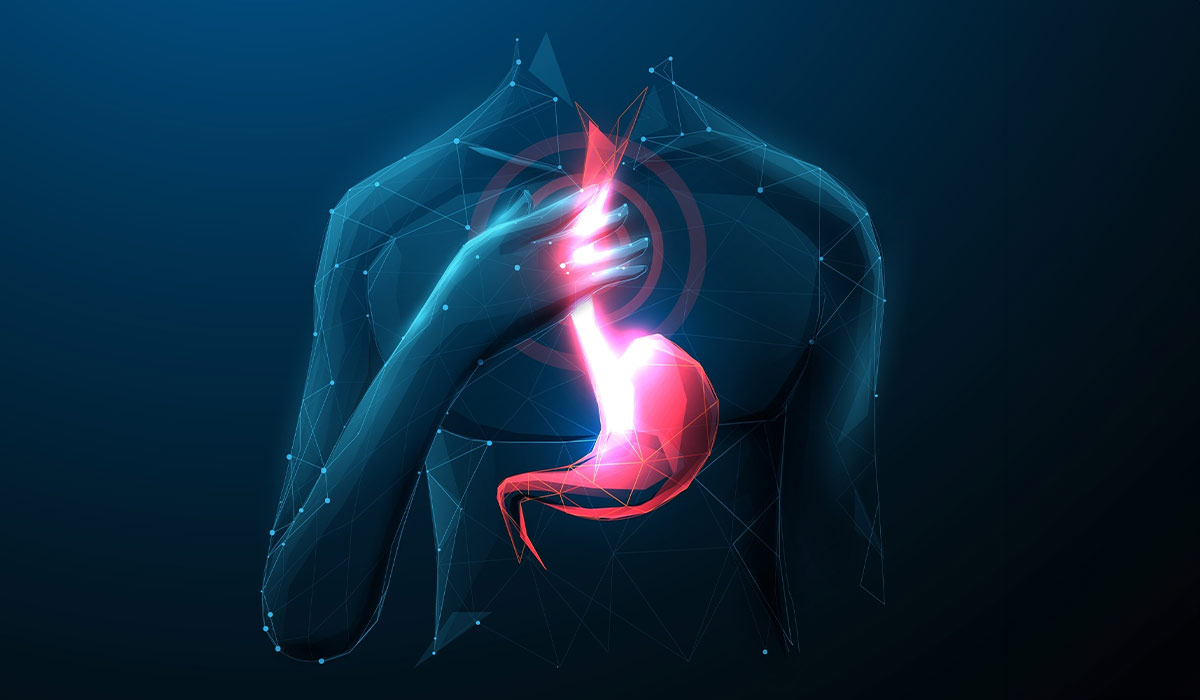This results in the accumulation of inflammatory cells around the follicle, mainly T lymphocytes and macrophages, intensifying the previously initiated inflammatory process. Damage to the hair follicle depends on the severity of the infiltration.
The consequence of inflammation is rapid hair loss. After the inflammation subsides, the hair follicles start functioning again. It is excellent news – the hair loss is reversible.
The etiological factors include genetic factors, atopy, psychological factors, hormonal factors (thyroid dysfunction), intracorporeal foci of infection (presence of bacterial superantigens), stress, and autoimmune phenomena.
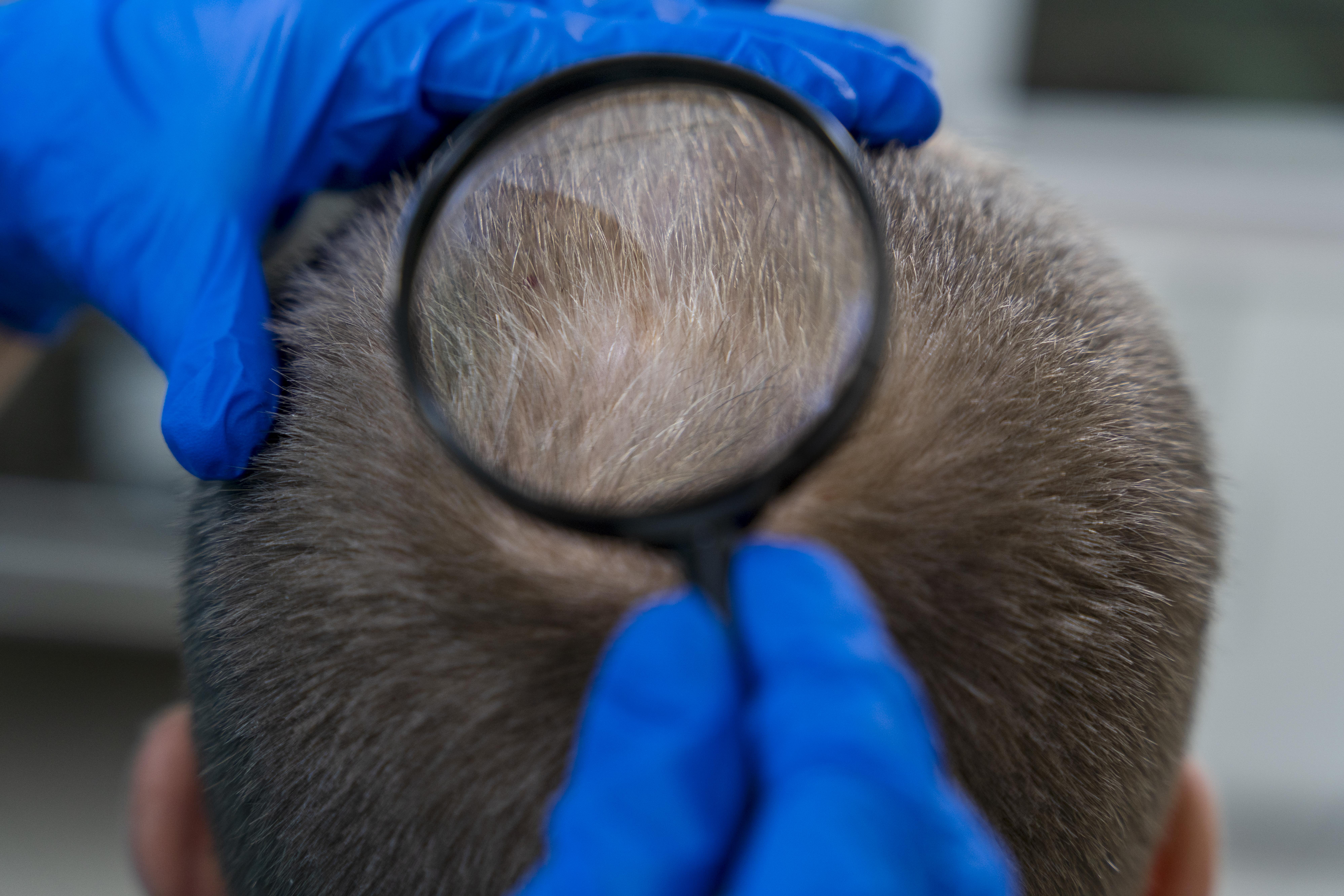
How does Hair Grow?
Many internal and external factors, such as age, diet, hormonal disorders, diseases, stress, and pollution, influence the hair life cycle. It is also essential to where we come from, where we live, and what predispositions we inherit.
The hair life cycle runs individually for each follicle and consists of three phases:
- Anagen (growth phase) – usually lasts about 3-6 years; this is the hair growth time. At the same time, approximately 80-85% of the hair is in this phase. Growth begins in the lower part, characterized by high mitoticity (the ability to divide cells). Each cell divides every 23 hours. At the beginning of this phase, there are a lot of divisions – a bulb is formed, and the hair follicle lengthens until it develops enough to come out to the skin’s surface. Even if new hair is not growing back (it cannot be seen with the naked eye), you must remember that a lot is happening deep inside the skin. During anagen, hair grows approximately 1 cm in 28 days.
- Catagen (transitional phase) – it lasts only 1-2 weeks. The follicle shrinks, and the papilla decreases in size. During this time, the hair loses its grip in the deeper layers of the skin – it is no longer nourished and becomes completely keratinized.
- Telogen (resting phase) – usually 2-4 months, the hair separates from the papilla and falls out, pushed out by the newly growing anagen hair in the follicle. The hair in this phase is keratinized and metabolically inactive. In telogen, new hairs begin their growth phase simultaneously, gradually pushing the old hair shaft (i.e., its keratinized root) toward the surface where it will eventually be shed.
- Exogen (shedding phase, hair release phase) is the last stage, increasingly distinguished in the telogen phase, during which the old hair detaches from the hair follicle and falls out, making room for new hair in the anagen phase.
When the hair life cycle is disturbed, the problem of hair loss and baldness occurs, depending on many factors, including hormonal, genetic, and external factors.
Types
Excessive hair loss occurs when the balance between the number of hairs in the growing and resting phases is disturbed. Sometimes, such baldness lasts for a short time. After correct diagnosis and therapy, hair starts to grow again. Unfortunately, there is also a type of alopecia that is caused by the death of hair follicles, and the consequences are permanent and irreversible.
Androgenic Alopecia
It is the most common type of baldness, also called male pattern baldness, although it also affects women. Androgenetic alopecia has a hormonal basis and is most often genetically determined. It may also occur as a result of hypertension, diabetes, or ischemic heart disease.
Telogen Effluvium
We talk about telogen effluvium when too many hairs enter the resting phase at the same time. Hair stops growing and falls out excessively, which results in overall thinning. In this form of the disease, the hair follicles do not die, and there is no complete baldness. The problem is temporary.
Anagen Effluvium
The condition is also known as dystrophic alopecia. In this case, excessive hair loss is related to natural hair growth cycle irregularities.
Alopecia Areata
The name of this type of disease reflects its symptoms. Alopecia areata is characterized by round spots without hair. They have a regular shape and the skin within them remains unchanged by the disease. Foci of baldness are usually located in the occipital and frontoparietal areas.
Symptoms
Hair loss itself is not a strange or abnormal phenomenon. Some naturally age and fall out at the end of their lives, making room for new, healthy hair. However, if the amount of hair falling out suddenly increases, and you notice that your hairstyle is losing significant volume – you are dealing with the first symptoms of baldness that must be prevented.
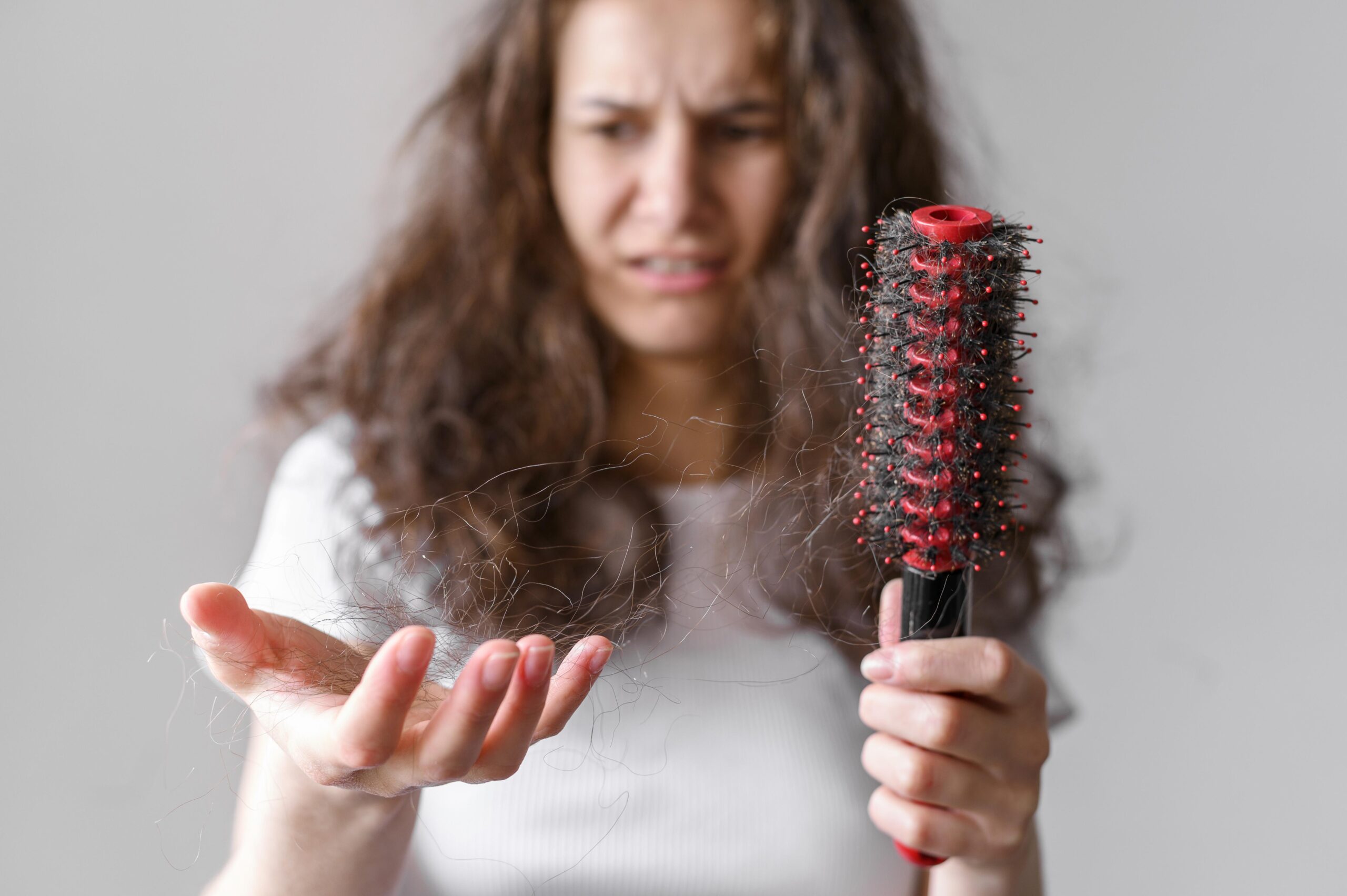
Alopecia lesions most often have a regular shape, are hairless, and the skin remains unchanged by the disease. Most often, the changes are in the occipital and frontoparietal areas. Alopecia mainly affects the scalp, but it can also occur in other body parts.
Patients with alopecia may experience nail changes of various types: nail pitting, Beau’s lines, brittleness, creeping, thinning, thickening, or transverse furrowing of the plates.
If you experience symptoms indicating alopecia, you should consult a dermatologist.
Causes
This condition has various causes: genetic, hormonal, environmental, and even related to improper hair care and styling.
These two hormone types influence the hair condition:
- Androgens – sex hormones produced by the testicles and adrenal cortex in men and by the adrenal cortex and ovaries in women, are responsible for the most common form of hair loss – androgenic alopecia and is associated with progressive miniaturization of hair follicles, which leads to their gradual disappearance and, as a result, hair loss.
- Estrogens – have a protective effect on the hair, which is why pregnant women usually have thicker and shinier hair, and after giving birth to a child, due to a sharp drop in estrogen, they experience increased hair loss after pregnancy. Hormonal changes during pregnancy stop the anagen phase, which is why many women feel that they have more hair or that it is thicker. Reducing estrogen levels after the birth of a child causes up to 50% of all hair on the scalp to enter the telogen phase, which is perceived as excessive hair loss. The drop in estrogen is also responsible for thinning and thinning hair during menopause.
External factors of the exposome play an important role – these are all the factors we are exposed to throughout our lives. Many of them may hurt the hair and cause increased hair loss. Primarily:
- Intense or chronic stress, traumatic experiences, e.g., related to job loss, divorce, or death of a loved one
- Nutritional deficiencies resulting from a poorly balanced diet or intensive weight loss, iron deficiency anemia, acquired zinc deficiency, malnutrition
- UV rays
- Mechanical factors (hair damage due to improper styling)
- Heavy periods (resulting in iron deficiency and anemia)
- Climate change (responsible for the so-called seasonal hair loss) – increased hair loss is more often observed in transition periods
- Environment pollution
- Inappropriate care
- Insufficient sleep
- Smoking
- Alcohol abuse
- Heavy metal poisoning, e.g., lead, mercury
- Diseases, e.g., infectious diseases, diseases with high fever, narcosis, hemorrhage
- Some medications (so-called drug-induced hair loss), e.g., chemotherapy drugs, antidepressants, anticonvulsants, and beta blockers
Alopecia can be caused by various non-hair-related conditions, such as:
- Hormonal disorders – e.g., hypothyroidism or hyperthyroidism
- Chronic systemic diseases – e.g., diabetes, liver disease, kidney failure
- Autoimmune diseases – e.g., Hashimoto’s disease, rheumatoid arthritis, lupus erythematosus (most often leads to scarring alopecia), lichen planus
- Infectious diseases – e.g., syphilis
- Infectious diseases with high fever (its height and duration are significant factors)
- Mental diseases – e.g., trichotillomania (the patient pulls out his hair, which helps him reduce psychophysical tension)
- Diseases of the scalp can also cause hair loss – dandruff, seborrheic dermatitis, psoriasis, and some mycosis
Improper treatment of hair daily can also weaken and damage it, leading to brittleness and, as a result, hair loss. Particularly harmful are:
- Incorrectly selected washing and care products that burden the hair
- Use of permanent ammonia-based dyes, especially hair-lightening ones
- Wearing tight, windproof headgear
- Treatments using high temperature, e.g., using a straightener or curling iron
- Strong pulling and pinning of the hair (we are then talking about the so-called traction alopecia or traction alopecia)
- Excessive friction and pulling of hair (e.g., when drying it with a towel, washing your head, or combing your hair)
Diagnosis and Treatment
The doctor diagnoses alopecia based on the clinical picture typical of this disease.
Hair loss depends on many factors. Therefore, its effective therapy requires a comprehensive and comprehensive approach. Although it is impossible to regain the lush hairstyle and thick hair typical of teenage years in adulthood, there are many effective methods of treating hair loss – both medical, psychological, and cosmetic.
Trichology – the science of scalp diseases and the treatment of baldness – is a relatively young field of medicine that is developing very quickly, offering more effective solutions and methods every year. Before starting treatment, however, you must first know the cause of the problem to select the appropriate type of therapy – not all treatments work on the same types of hair loss, and by using inappropriate methods, we can even harm ourselves. That is why it is important to visit a dermatologist or trichologist who will diagnose the causes of baldness and select the best therapy.

Treatments
There are many products of this type available on the market – mainly preparations with higher concentrations of ingredients that inhibit hair loss and stimulate hair regrowth. They can be in the form of ampoules, lotions, sprays, lotions, and other products applied topically to the scalp – such therapy should last at least 4-6 weeks. However, their effects may vary.
The most effective active substances with this effect are minoxidil (in a concentration of 2 or 5%) and aminexil – which prevents the stiffening of the collagen sheath responsible for hair thinning in the case of androgenetic alopecia and also causes better attachment of the hair to the root and intense nourishment of the hair follicle, without side effects specific to minoxidil (such as excessive facial hair, allergies and contact irritation).
However, the thing about local treatments is that they work when they are used – so to maintain the effects, it is worth using them as a “reminder” (e.g., once every 6-12 months) and including a hair loss shampoo in your daily care. They are particularly helpful in cases of androgenetic alopecia and telogen effluvium in women (e.g., after pregnancy), as well as under the influence of stress.
Other types of lotions and shampoos strengthen the hair – by providing nutrients and trace elements, such as glucose, zinc, copper, amino acids, and vitamin A or B vitamins. However, they do not stop baldness and are best used as a support.
Oral Therapy
The most common cause of hair loss is androgenic alopecia. Several types of medications are approved to treat this problem. Minoxidil is mainly used topically at concentrations of 2 and 5%. In some cases – depending on the cause of alopecia – it may be justified to include oral medications in the therapy, primarily such as:
- Anti-androgen drugs – such as f*********e (used to treat androgenetic alopecia in men) or cyproterone acetate (androgenetic alopecia in women)
- Corticosteroids – especially in the case of alopecia areata
- Estrogens – especially recommended during menopause, when hair loss is a consequence of lower estrogen levels in the body; implementation of hormone replacement therapy may also bring improvement
Therapy should be recommended by a doctor and carried out under his supervision.
Appropriate Diet and Supplementation
Very often, hair weakness and loss are caused by a deficiency of vitamins and minerals, mainly B vitamins, iron, zinc, copper, silicon, and vitamin D. Most often, it is a consequence of low-calorie and mono-ingredient slimming diets.
You can also use supplementation from time to time – preparations with biotin, silicon, zinc, vitamins, and healthy fatty acids are particularly recommended. However, do not buy them blindly – it is worth checking whether they have been tested for absorption and effectiveness. It is important because many supplements available on the market will simply pass through your stomach without providing you with any nutrients.
Even the best supplements need to be used for at least three months to see their effects. It is best to combine them with a comprehensive treatment and the use of, for example, hair loss ampoules for even better results. They may also be helpful when using slimming diets, e.g., the popular low-carbohydrate ketogenic diet, which may lead to nutrient and vitamin deficiencies and, as a result, increased hair loss.
Psychotherapy
The psychological aspect is crucial in the problem of baldness. On the one hand, stress is one of the main factors causing hair loss (intense, traumatic experiences or chronic exposure to negative emotions), on the other – it causes low mood and sense of attractiveness, depression, and reluctance to socialize and socialize. It, in turn, causes stress and increases hair loss. Therefore, in many cases, the help of a psychologist and learning how to deal with stress are significant and helpful in the treatment of baldness.
Professional Treatments
Many treatments are available in trichology, dermatology, and aesthetic medicine offices to stop hair loss and stimulate hair regrowth – in various types of baldness. Primarily:
Sources
- Anatomy, Hair. NIH. https://www.ncbi.nlm.nih.gov/books/NBK513312/.
- Physiology, Hair. NIH. https://www.ncbi.nlm.nih.gov/books/NBK499948/.
- Exogen, shedding phase of the hair growth cycle: characterization of a mouse model. NIH. https://pubmed.ncbi.nlm.nih.gov/12230507/.
- Alopecia. NIH. https://www.ncbi.nlm.nih.gov/books/NBK538178/.
- Androgenetic Alopecia. NIH. https://www.ncbi.nlm.nih.gov/books/NBK430924/.
- Telogen Effluvium. NIH. https://www.ncbi.nlm.nih.gov/books/NBK430848/.
- Anagen Effluvium. NIH. https://www.ncbi.nlm.nih.gov/books/NBK482293/.
- Alopecia Areata. NIH. https://www.ncbi.nlm.nih.gov/books/NBK537000/.
- Nail changes in alopecia areata: an update and review. NIH. https://pubmed.ncbi.nlm.nih.gov/29318582/.
- Male Androgenetic Alopecia. NIH. https://www.ncbi.nlm.nih.gov/books/NBK278957/.
- Estrogen Leads to Reversible Hair Cycle Retardation through Inducing Premature Catagen and Maintaining Telogen. NIH. https://www.ncbi.nlm.nih.gov/pmc/articles/PMC3390338/.
- Lifestyle Factors Involved in the Pathogenesis of Alopecia Areata. NIH. https://www.ncbi.nlm.nih.gov/pmc/articles/PMC8835065/.
- Alopecia Areata: Diagnosis, Treatment, and Steps to Take. NIH. https://www.niams.nih.gov/health-topics/alopecia-areata/diagnosis-treatment-and-steps-to-take.
- Trichology and Trichiatry; Etymological and Terminological Considerations. NIH. https://www.ncbi.nlm.nih.gov/pmc/articles/PMC9447464/.
- Minoxidil. NIH. https://www.ncbi.nlm.nih.gov/books/NBK482378/.
- An anti‐hair loss treatment in the management of mild androgenetic alopecia: Results from a large, international observational study. NIH. https://www.ncbi.nlm.nih.gov/pmc/articles/PMC9285375/.
- An Updated Review on Current Treatment of Alopecia Areata and Newer Therapeutic Options. NIH. https://www.ncbi.nlm.nih.gov/pmc/articles/PMC10251289/.
- Diet and hair loss: effects of nutrient deficiency and supplement use. NIH. https://www.ncbi.nlm.nih.gov/pmc/articles/PMC5315033/.
- Psychology of Hair Loss Patients and Importance of Counseling. NIH. https://www.ncbi.nlm.nih.gov/pmc/articles/PMC8719979/.
- Mesotherapy: From Historical Notes to Scientific Evidence and Future Prospects. NIH. https://www.ncbi.nlm.nih.gov/pmc/articles/PMC7305548/.
- Role of Low-Level Light Therapy (LLLT) in Androgenetic Alopecia. NIH. https://www.ncbi.nlm.nih.gov/pmc/articles/PMC8906269/.
- Self-Activated Electrical Stimulation for Effective Hair Regeneration via a Wearable Omnidirectional Pulse Generator. NIH. https://www.ncbi.nlm.nih.gov/pmc/articles/PMC6881522/.
- Hair Transplantation. NIH. https://www.ncbi.nlm.nih.gov/books/NBK547740/.
